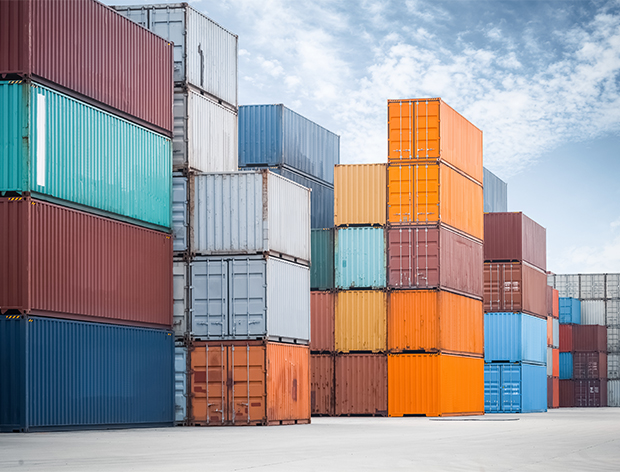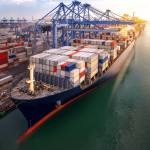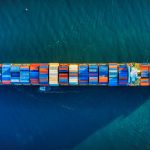Analysts are warning that ports in North America could become overwhelmed by a build-up of empty containers, as trans-Pacific supply chains and transportation times gradually return to pre-pandemic levels.
The average time taken to deliver cargo soared to 112 days in February this year, nearly three times the average before Covid-19 struck, according to Denmark-based research and analysis firm Sea-Intelligence. As of late August, the most recent point for which data is available, that figure had dropped to 88 days.
The pandemic-related slowdown had left containers “tied up” in longer supply chains, Sea-Intelligence chief executive Alan Murphy says, and with demand from western markets outstripping supply from Asia, carriers were unable to return empty containers quickly enough to be refilled.
“With a massive shortage of empty containers, carriers had to order new containers to be manufactured in Asia, and these were then fed into the extended supply chains,” Murphy says in an article published last week.
“As transportation time is now getting shorter, these additional containers will be released back out of the supply chain, and they will start to pile up, primarily in Europe and the US.”
In February, Sea-Intelligence had predicted that in North America alone there would be the equivalent of nearly 3.5 million 20-foot containers stuck at ports, waiting to be sent back to Asia. It has now revised that forecast upwards.
“If transportation time is back to ‘normal’ by early next year, we will see the release of 4.3 million TEU [20-foot equivalent unit] of excess containers into North America, which cannot be expatriated, within the planned network operations,” Murphy writes.
“This will potentially overwhelm empty container depots in the US, an issue which is already beginning to materialise.”
Christian Roeloffs, co-founder and chief executive of marketplace and leasing platform Container xChange, says the pile-up of empty containers is being compounded by seasonal demand changes and labour issues in the US.
“There is already congestion, like every year, because it is the peak shipping season, and everyone is trying to make sure that retailers have enough inventory on the shelves for the upcoming holiday and Christmas season,” he says.
At the same time, ongoing labour negotiations with west coast port workers have led many freight forwarders to reroute cargo to the other side of the continent, spreading congestion issues to the east coast.
There is also uncertainty around consumer demand, which Roeloffs says is softening due to inflation and fears of an impending recession.
“All in all, there are many challenges that will impact a smooth container movement into the peak season,” he says. “The disruptions caused by piling up of empty containers in the US will not improve until 2023.”
An August report by Container xChange, seen by GTR, revealed that several US ports, including Houston, Oakland, New York City, Savannah, Long Beach and Los Angeles, all had far more containers moving in than moving out.
This trend indicates “a lack of smooth container movement”, it says. “There’s still no sure end to shipping troubles in sight.”
Carriers could also incur further costs if US ports introduce fees for excess dwell times, with New York and New Jersey reportedly set to impose levies in Q4 this year.
Angus Sedgwick, chief executive of Australian trade finance provider OptiPay, says the oversupply of containers “obviously has ramifications for the owners… in terms of logistical management, either within the supply chain or in storage”.
However, he believes the underlying trends, such as a shortening of average transportation times, points to a “normalisation of the global supply chain issues that have plagued international shipping” since the start of the pandemic.
“With the reduction in shipping days back towards pre-pandemic timeframes, and freight costs also easing, at OptiPay we expect to see an increase in demand for trade finance from Australian businesses that may have reduced or suspended some of their international purchasing during the height of the global supply chain backlog,” he tells GTR.
Source: Hellenic Shipping News





